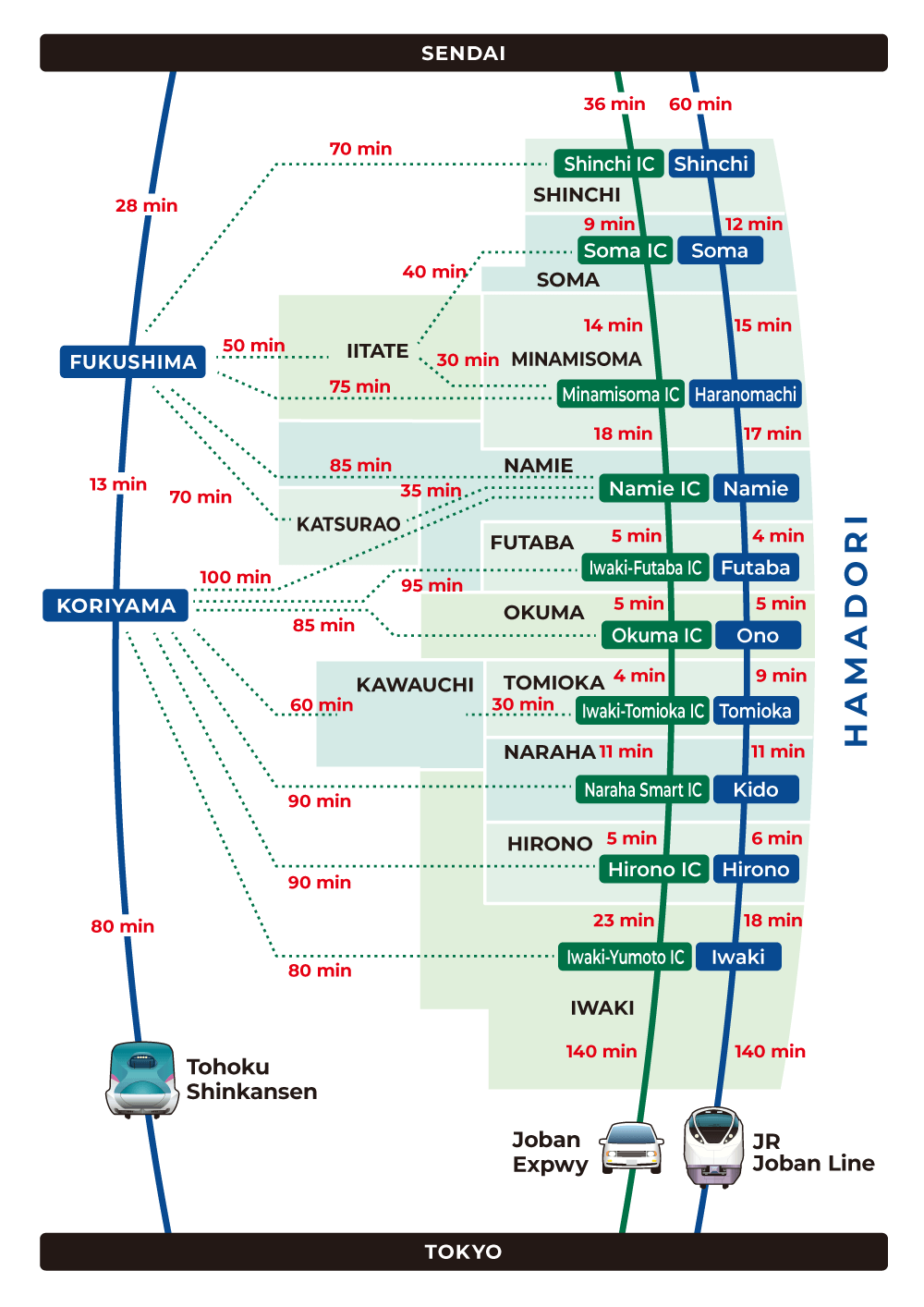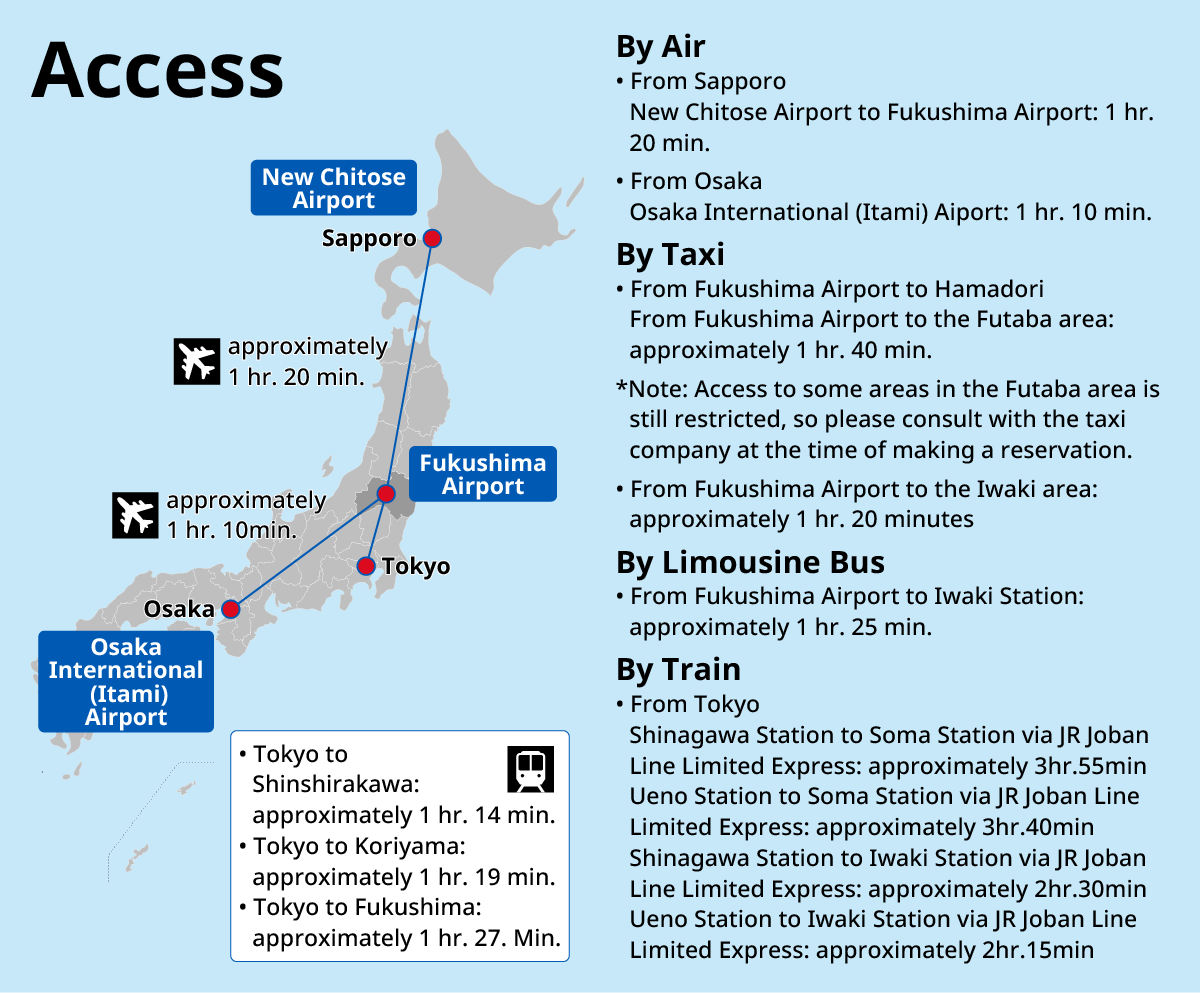A Brief Guide to the Fukushima Hamadori Area
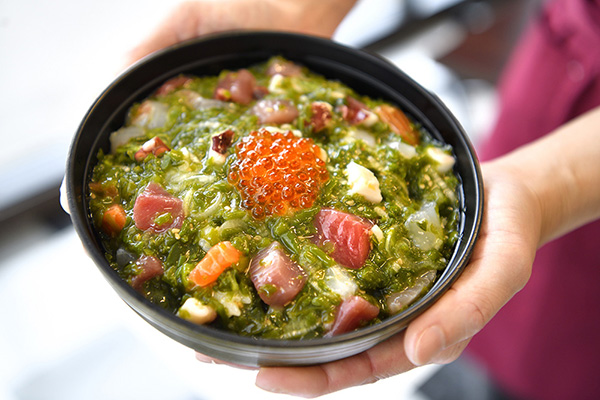
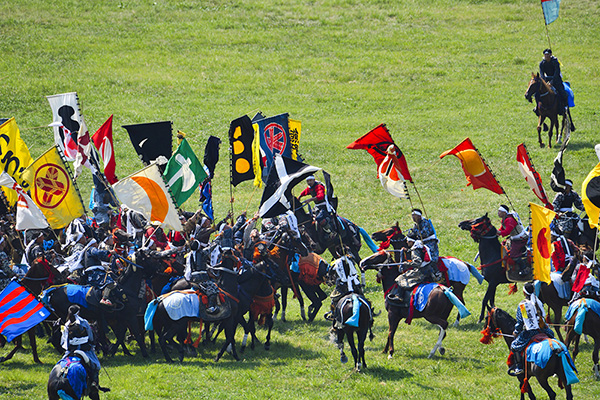
The Soma Area
(Soma, Minamisoma, Shinchi, Iitate)
The Soma area has a long history, and was ruled by the Soma clan for 740 years until the beginning of the Meiji era (1868–1912). Soma Nomaoi, a thrilling summer event featuring samurai on horseback, has been part of the area’s culture for over 1,000 years. The area also is home to beautiful beaches and the southern trailhead of the Michinoku Shiokaze Trail, a more than 1,000-kilometer-long route that was developed to help the northeastern coast of Japan recover from the Great East Japan Earthquake of 2011.


The Futaba Area
(Hirono, Naraha, Kawauchi, Tomioka, Okuma, Futaba, Katsurao, Namie)
This area was severely affected by the Great East Japan Earthquake and the accident at the nearby Fukushima Daiichi Nuclear Power Plant. At one point, the population of all the towns and villages in the area were forced to evacuate. Today, visitors can learn about the extent of the disasters and the effect on the area at the The Great East Japan Earthquake and Nuclear Disaster Memorial Museum. Residents, returnees and newcomers, are making great strides in revitalizing the community through activities like food production and wine making.

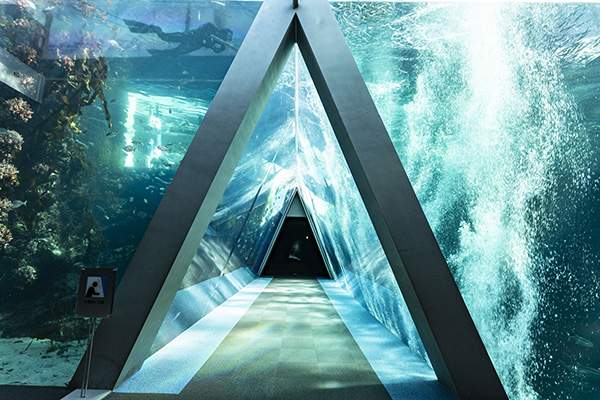
The Iwaki Area
(Iwaki)
This is the southernmost area of Fukushima Prefecture. It is widely known for its excellent beachfront, which makes it an attractive destination for surfers and beachgoers. Iwaki also is home to the 1000-year-old hot spring town of Iwaki Yumoto Onsen, another locale where dinosaur fossils have been excavated, a historical coal mining town, and other community attractions.
